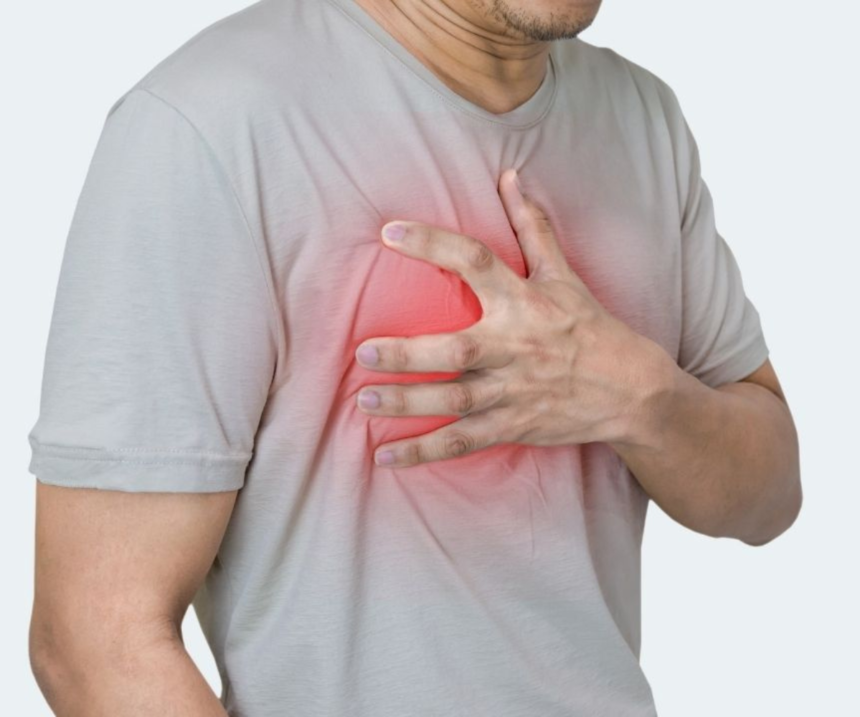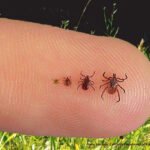Introduction
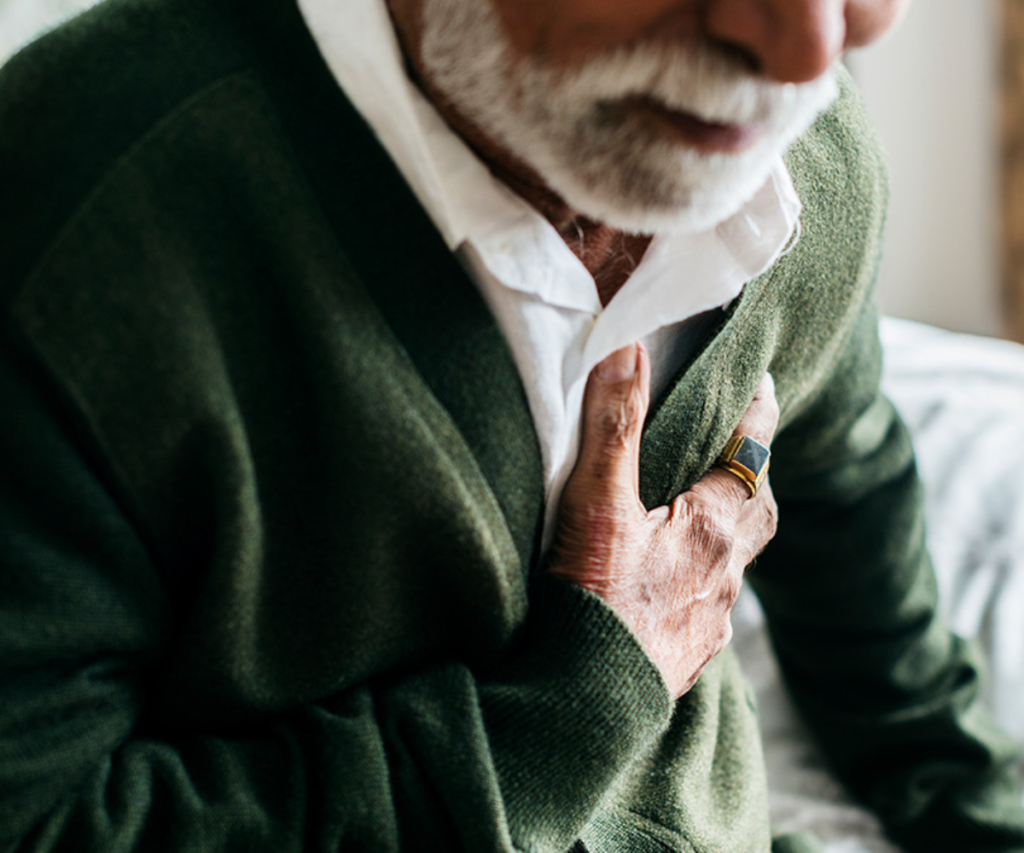
A heart attack, medically referred to as a myocardial infarction (MI), occurs when the blood flow to the heart is blocked, preventing the heart muscle from receiving oxygen. Immediate action is crucial, as a heart attack is a life-threatening emergency. Early recognition and prompt medical care can save lives and limit heart damage.
The term “myocardial infarction” comes from three words: “myo” meaning muscle, “cardial” referring to the heart, and “infarction” meaning tissue death due to inadequate blood supply. The death of heart tissue can result in lasting damage, potentially affecting the heart’s ability to pump blood efficiently.
Heart Attack Symptoms
Heart attack symptoms can vary widely, and not everyone experiences the classic chest pain. Recognizing the signs is crucial for early intervention. Common symptoms include:
- Chest discomfort, pressure, heaviness, tightness, or squeezing, often felt below the breastbone
- Pain radiating to the back, jaw, throat, neck, shoulder, or arms
- Feeling of fullness, indigestion, or choking
- Sweating, nausea, vomiting, or dizziness
- Extreme weakness, fatigue, or anxiety
- Shortness of breath or rapid heartbeat (palpitations)
Symptoms in Women and People Assigned Female at Birth
Women often experience atypical symptoms, making it more difficult to identify a heart attack:
- Unusual fatigue
- Shortness of breath
- Nausea or vomiting
- Dizziness or lightheadedness
- Discomfort in the abdomen (indigestion-like feeling)
- Pain in the neck, shoulder, or upper back
- Trouble sleeping
Silent Heart Attacks
Some heart attacks occur without noticeable symptoms. This is known as a silent myocardial infarction and is more common in individuals with diabetes. Signs may include mild fatigue, subtle discomfort, or brief episodes of lightheadedness that often go unnoticed.
Understanding Heart Attack Sensations
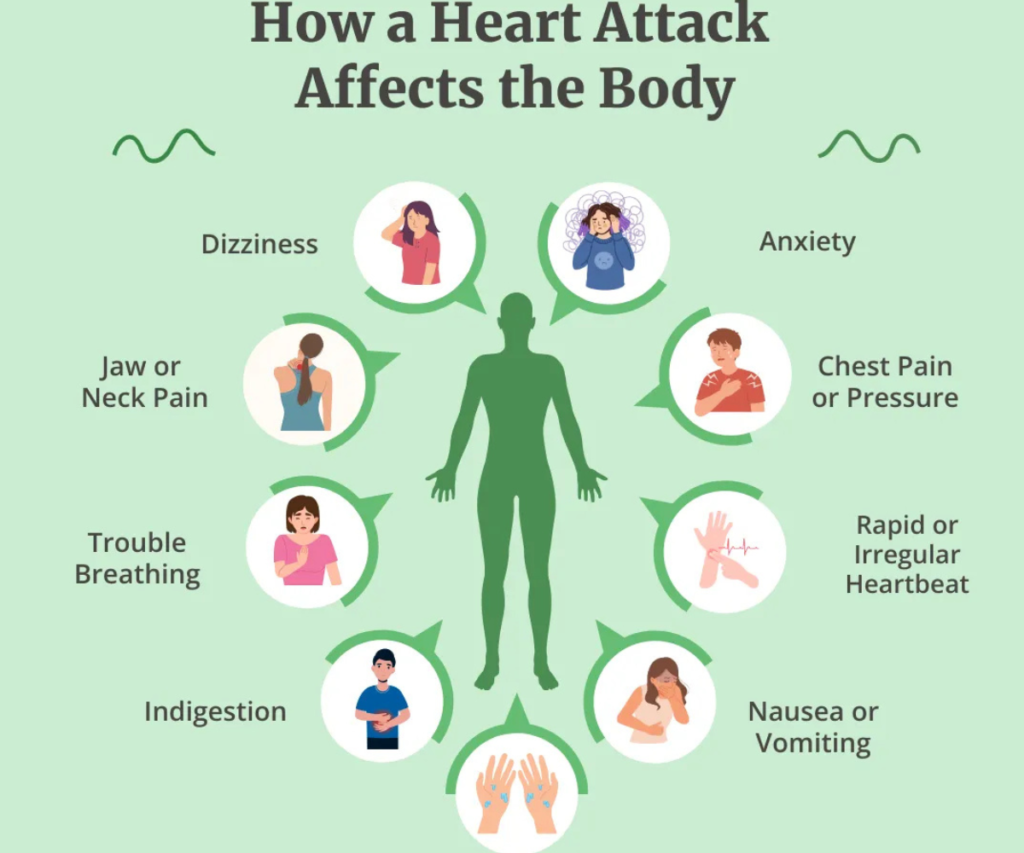
A heart attack often feels like intense pressure or squeezing in the chest, as if a heavy object is pressing down. This pain may last for several minutes. Additional sensations include:
- Weakness or fainting
- Sweating profusely
- Mild pain in the jaw, neck, back, or arms
- Difficulty breathing
Silent heart attacks, however, may not produce these classic symptoms, making regular health checkups vital for those at risk.
Types of Heart Attacks
Heart attacks can be classified based on the extent of blockage in the coronary arteries:
- STEMI (ST-elevation myocardial infarction): Complete blockage of a coronary artery
- NSTEMI (Non-ST-elevation myocardial infarction): Partial blockage that significantly reduces blood flow
- MINOCA (Myocardial infarction with nonobstructive coronary arteries): Heart attack occurs without major blockages
Heart Attack vs. Cardiac Arrest vs. Angina
Understanding the differences can save lives:
- Cardiac Arrest: Electrical malfunction causes the heart to stop beating. Immediate CPR is required.
- Angina: Chest pain due to reduced blood flow, often triggered by exertion or stress. Can be stable (predictable) or unstable (emergency).
Causes of Heart Attack
Heart attacks occur when the heart muscle is deprived of oxygen due to blocked arteries. Causes include:
- Coronary artery disease (CAD): Plaque buildup in the arteries
- Plaque rupture: Hard outer layer cracks, causing blood clots
- Coronary spasm: Temporary tightening of the artery
- Anomalous coronary arteries: Congenital artery abnormalities
- Spontaneous coronary artery dissection (SCAD): Tear in artery lining
- Coronary embolism: Blood clot traveling to coronary arteries
Risk Factors
Heart attack risk factors include:
- Lifestyle: Smoking, alcohol, drug use, lack of exercise
- Age & Sex: Men >45, women >50 or post-menopause
- Health conditions: High blood pressure, diabetes, obesity, unhealthy diet
- Family history: Early heart disease in parents or siblings
- Ethnicity: Higher risk in South Asian populations
- Stress: Increases cortisol, blood pressure, and cholesterol
What To Do During a Heart Attack
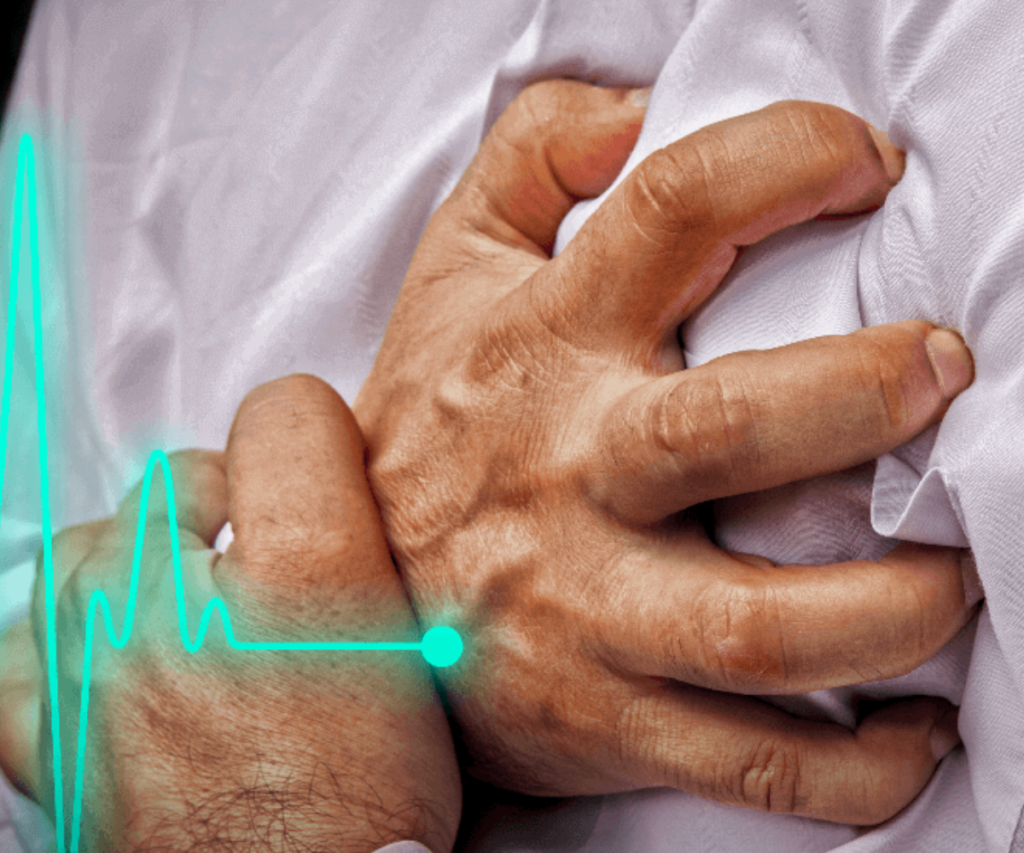
Immediate response is critical:
- Call 911 immediately
- Chew an aspirin (325 mg) if not allergic
- Stay calm and sit or lie down
- Avoid driving yourself to the hospital
First Aid for Others
- Perform CPR if the person is unresponsive
- Use an AED (Automated External Defibrillator) if available
- Continue CPR until emergency help arrives
Diagnosing a Heart Attack
Doctors may use:
- Electrocardiogram (EKG/ECG)
- Blood tests to check cardiac enzymes and troponin levels
- Echocardiography
- Cardiac catheterization
- Stress testing
- CT, MRI, or nuclear scans
Heart Attack Treatment
Treatment focuses on restoring blood flow and reducing heart damage:https://www.youtube.com/watch?v=jouwrfr7_S0
- Medications: Aspirin, antiplatelets, thrombolytics, blood thinners
- Procedures: Angioplasty, stents, or bypass surgery
- Lifestyle changes: Diet, exercise, stress management
Recovery and Lifestyle Changes
Post-heart attack care includes:
- Cardiac rehabilitation programs
- Regular physical activity
- Heart-healthy diet: Low saturated fat, high fiber, fruits, and vegetables
- Quitting smoking and limiting alcohol
- Stress management techniques
Diet and Exercise Recommendations
- Eat lean proteins, whole grains, and vegetables
- Reduce salt and sugar intake
- Avoid processed foods and trans fats
- Engage in moderate aerobic activity daily (walking, swimming, cycling)
- Maintain a healthy weight
Myths and Facts About Heart Attacks
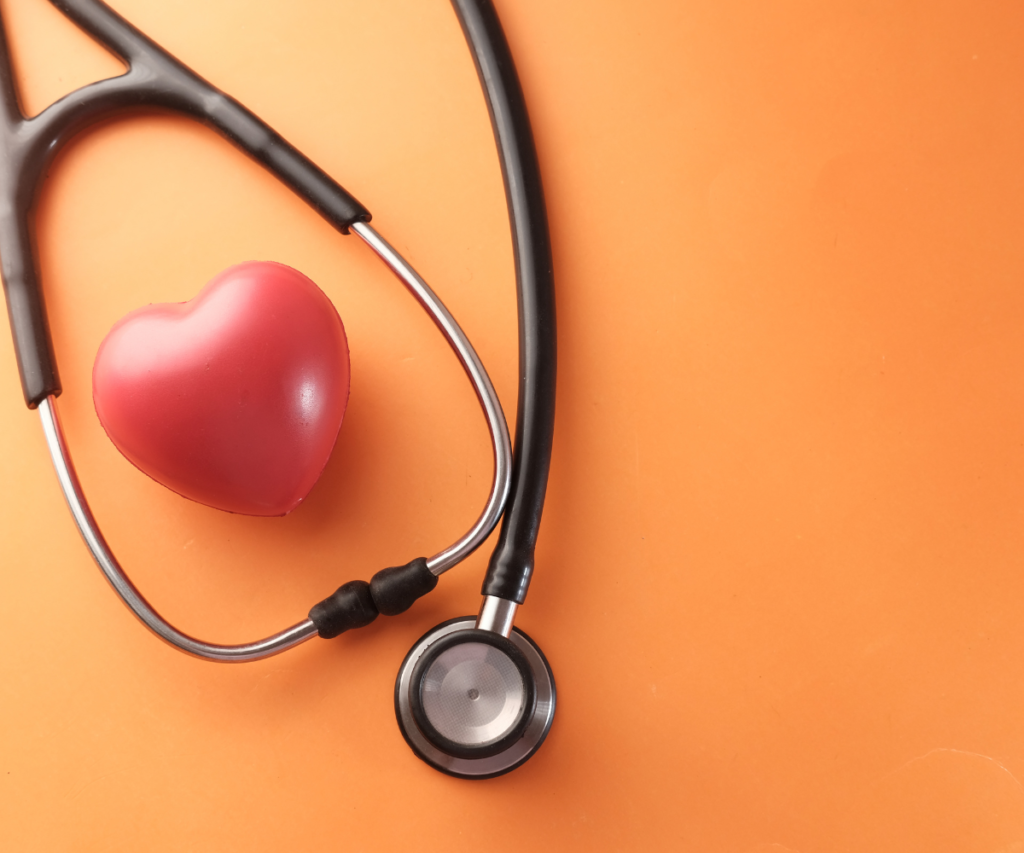
- Myth: Heart attacks only happen to older adults
- Fact: Young adults and even teenagers can suffer heart attacks due to genetics or lifestyle
- Myth: Chest pain is always severe
- Fact: Some heart attacks are silent or mild
FAQs
Q: Can women have different heart attack symptoms?
Yes, women may experience fatigue, nausea, back pain, or sleep disturbances rather than classic chest pain.
Q: How quickly should treatment start?
The first 1–2 hours are critical. Early intervention can save heart muscle and lives.
Q: Can heart attacks be prevented?
Yes. Healthy lifestyle, managing blood pressure, cholesterol, diabetes, stress, and regular checkups reduce risk.
